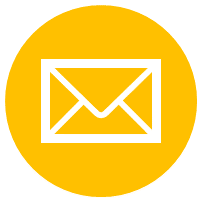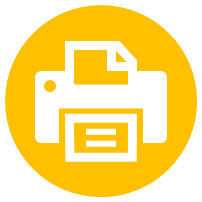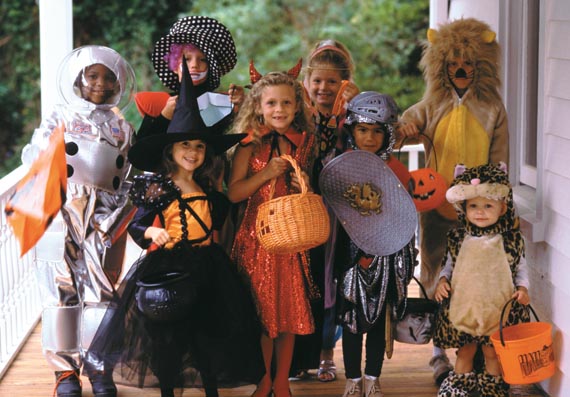-
Halloween Safety: Tips for Trick-or-Treaters
It's the time of year for costumes, sweets, and tricks and treats.
Put Halloween safety first with these common-sense tips.
Carve Safely: Before you start carving pumpkins, consider these Halloween safety rules:
- Decorate with markers, glitter glue or paint. Let young children draw faces on pumpkins with art supplies. Leave any carving to an adult.
- Use candles with care. Place candlelit pumpkins on a sturdy surface away from curtains and other flammable objects. Never leave candlelit pumpkins unattended. Better yet, light pumpkins with flashlights, battery-operated flameless candles or glow sticks instead.
Get clever with costumes: From furry animals to princesses and superheroes, choosing costumes wisely is an important part of Halloween safety. Follow these tips:
- The brighter the better. Whether you buy a costume or make one yourself, choose bright colors and flame-retardant materials. If your child will be trick-or-treating outdoors after dark, attach reflective tape to his or her costume or treat bag.
- Size it right. In case it's chilly outdoors, make sure your child's costume is loose enough for warm clothing to be worn underneath — but not long enough to cause tripping. Avoid oversized shoes and high heels.
- Skip the masks. A mask can obstruct your child's vision, especially if it slips out of place. Use kid-friendly, non-toxic makeup instead.
- Limit accessories. Pointed props — such as wands, swords and knives — might pose safety hazards.








